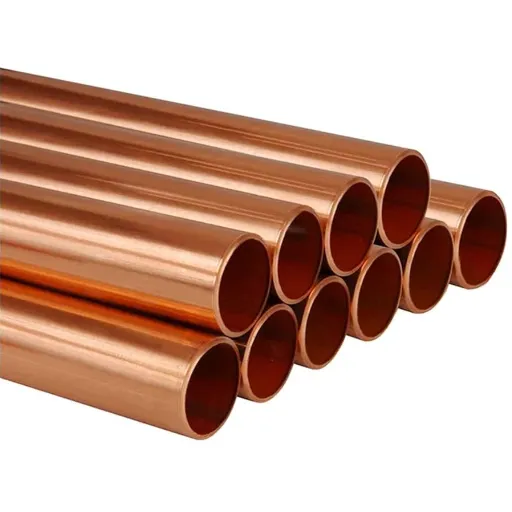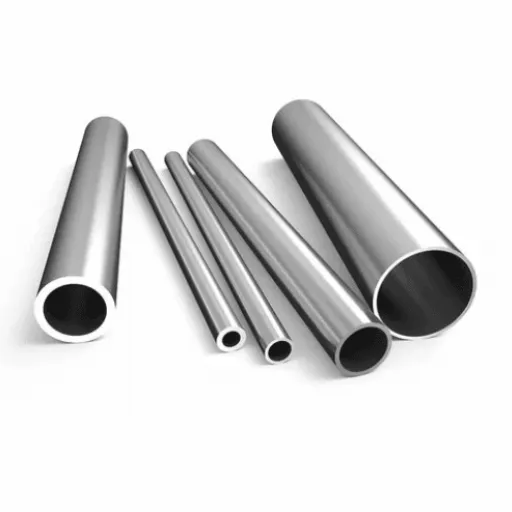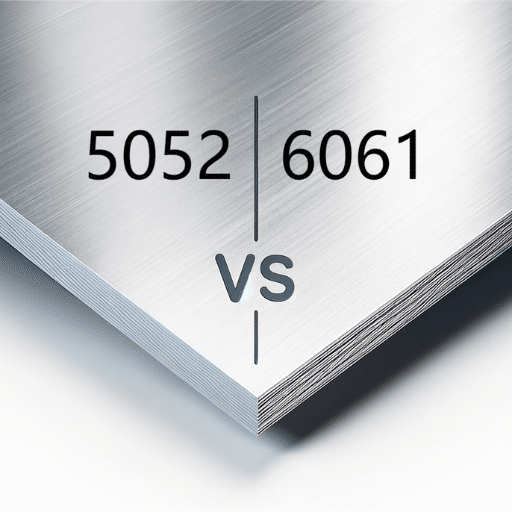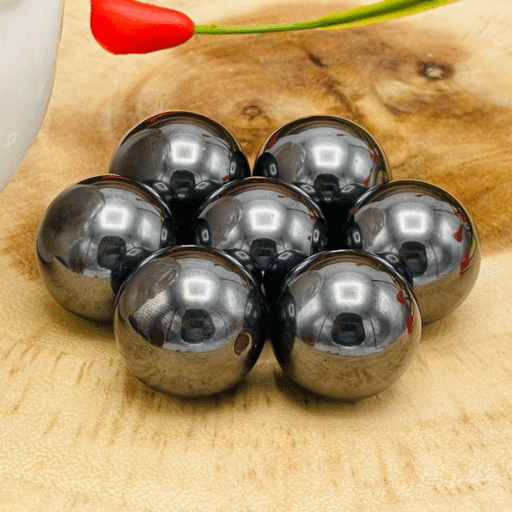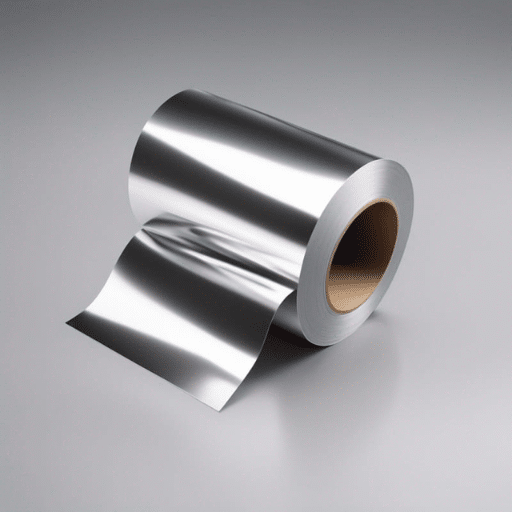Selecting stainless steel for food applications involves understanding different grades and their unique properties. 201 and 304 stainless steels are two popular choices, but they differ significantly in composition, durability, and food-grade suitability. This comprehensive guide explores the properties of both grades to help you make informed decisions for food service establishments, manufacturing, or consumer applications.
Introduction to 201 Stainless Steel
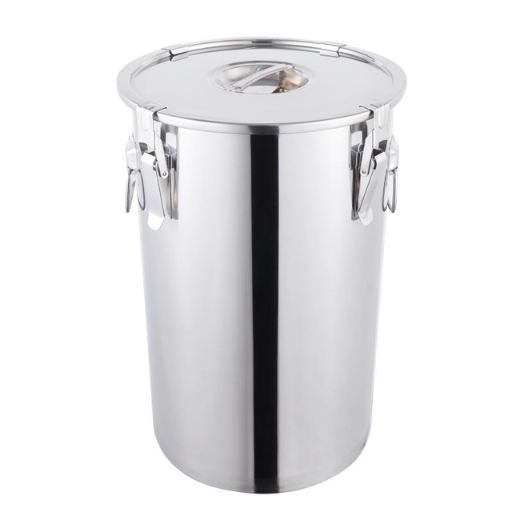
201 stainless steel has gained popularity across various industries due to its reasonable cost and good corrosion resistance. However, it contains less nickel than other stainless steel types, compensating with higher manganese and nitrogen content to enhance strength and wear resistance.
What is 201 Stainless Steel?
201 stainless steel belongs to the 200 series and is a chromium-nickel-manganese-nitrogen alloy. It’s designed as a cost-effective alternative to 304 stainless steel, with reduced nickel content and increased manganese content. This composition provides:
- High tensile strength
- Excellent durability
- Good wear resistance
- Cost-effectiveness
- Adequate corrosion resistance in mild environments
Composition of 201 Stainless Steel
| Element | Percentage (%) |
|---|---|
| Chromium (Cr) | 16–18% |
| Nickel (Ni) | 3.5–5.5% |
| Manganese (Mn) | 5.5–7.5% |
| Carbon (C) | Up to 0.15% |
| Nitrogen (N) | Up to 0.25% |
| Silicon (Si) | 1% max |
| Iron (Fe) | Balance |
Comprehensive Comparison: 201 vs 304 Stainless Steel
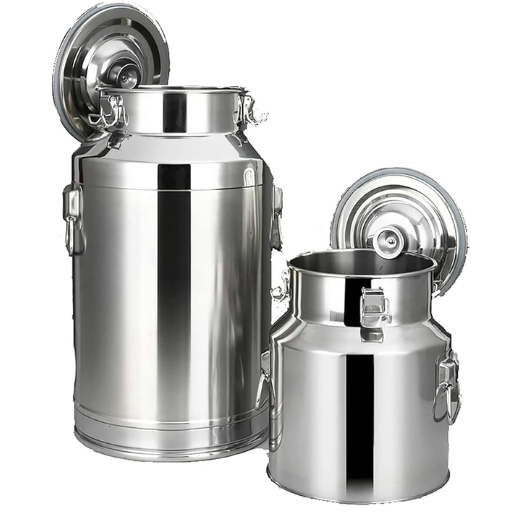
| Property | 201 Stainless Steel | 304 Stainless Steel |
|---|---|---|
| Nickel Content | 3.5–5.5% | 8–10.5% |
| Chromium Content | 16–18% | 18–20% |
| Manganese Content | 5.5–7.5% | 2% max |
| Corrosion Resistance | Good in mild environments | Excellent in harsh environments |
| Cost | Lower cost | Higher cost |
| Tensile Strength | 515-770 MPa | 505-735 MPa |
| Food Grade Status | Limited applications | Widely accepted |
| Magnetism | Slightly magnetic after cold working | Non-magnetic |
Food-Grade Standards and Safety Considerations
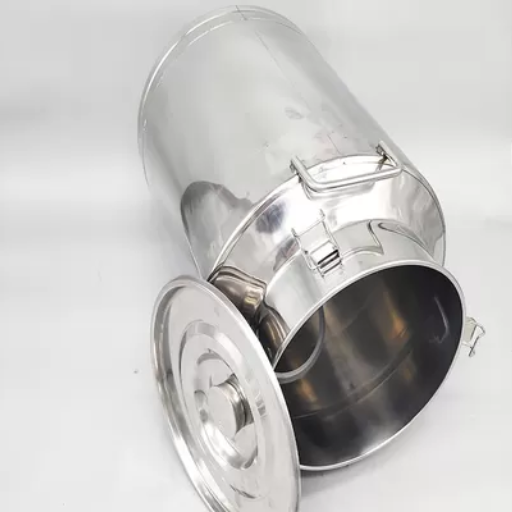
⚠️ Food Safety Alert
While 201 stainless steel can be used in some food applications, its reduced corrosion resistance compared to 304 makes it less suitable for prolonged exposure to moisture, acids, and salts commonly found in food processing environments.
Industry Regulations and Compliance
Food-grade stainless steel must meet strict standards set by regulatory agencies:
- FDA (United States): Materials must not release harmful agents when in contact with food
- EU Regulation (EC) No. 1935/2004: Materials must not alter food composition, taste, or safety
- International Standards: Emphasis on chemical stability and corrosion resistance
Food-Grade Compliance Assessment for 201 Stainless Steel
201 stainless steel may be considered for certain food applications, but with limitations:
✅ Suitable Applications
- Dry food storage containers
- Light-duty kitchen utensils
- Temporary food contact surfaces
- Non-acidic food preparation
❌ Limited Applications
- Acidic food processing
- High-moisture environments
- Commercial food preparation
- Long-term food storage
Applications and Uses
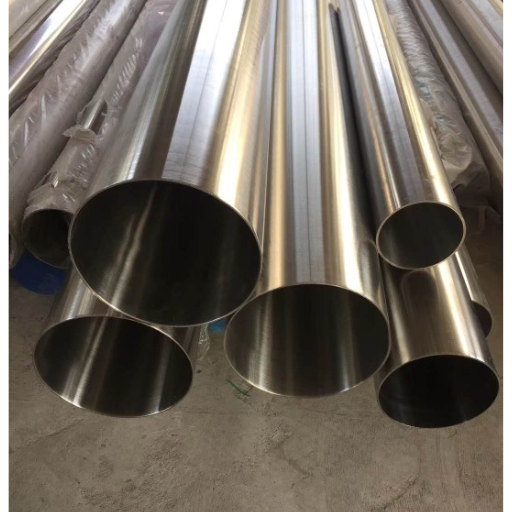
Common Uses of 201 Stainless Steel
- Kitchen Utensils: Pots, pans, and basic cookware
- Decorative Items: Architectural trims and interior components
- Automotive: Interior components and trim pieces
- Furniture: Frames and storage containers
- Light Industrial: Equipment for mild environments
Food Industry Applications
| Application | 201 Stainless Steel Suitability | Recommended Alternative |
|---|---|---|
| Basic Cutlery | Acceptable for light use | 304 for better durability |
| Food Containers | OK for dry storage | 304 for all food types |
| Commercial Kitchen Equipment | Limited use | 304 or 316 recommended |
| Beverage Dispensers | Suitable for basic applications | 304 for acidic beverages |
Advantages and Disadvantages
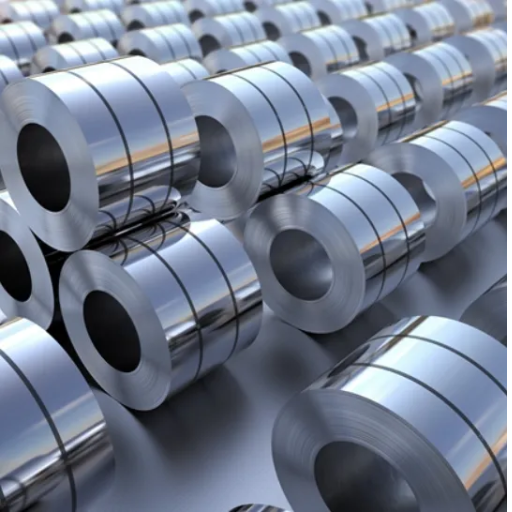
Advantages of 201 Stainless Steel
- Cost-Effective: Significantly lower price than 304
- Good Corrosion Resistance: Adequate for mild environments
- High Strength: Enhanced by manganese and nitrogen
- Lightweight: Lower density than 304
- Formability: Easy to shape and fabricate
- Aesthetic Appeal: Attractive polished finish
Disadvantages of 201 Stainless Steel
- Limited Corrosion Resistance: Poor performance in harsh environments
- Susceptible to Pitting: In chloride-rich environments
- Reduced Durability: Shorter lifespan in demanding applications
- Magnetism: Becomes magnetic after cold working
- Food Safety Concerns: Not ideal for acidic or high-moisture foods
When to Choose 201 Over 304 Stainless Steel
Choose 201 stainless steel when:
- Budget constraints are a primary concern
- Application is in a mild, non-corrosive environment
- Food contact is minimal or temporary
- Structural strength is more important than corrosion resistance
- Indoor use with limited moisture exposure
Choose 304 stainless steel when:
- Food safety is paramount
- Exposure to acidic or corrosive environments is expected
- Long-term durability is required
- Commercial food processing applications
- Marine or high-chloride environments
References
-
Stainless Steel Grade Chart – Stanford University – A comprehensive chart detailing the properties and applications of various stainless steel grades.
-
Washington State Retail Food Code – A government document discussing the appropriateness of stainless steel for food preparation surfaces.
Frequently Asked Questions (FAQ)
What is 201 stainless steel, and is it food grade?
201 stainless steel is a type of austenitic stainless steel with lower nickel content compared with higher grades like 304 or 316. One might consider 201 stainless steel safe when in contact with food; however, due to its limited resistance to corrosion as against 304 stainless steel, it makes it the less favorable choice when exposed to moisture or acidic foods for long periods.
How does 201 compare to 304 stainless steel in terms of corrosion resistance?
Because of its higher chromium and nickel content, 304 stainless steel is chosen for its excellent corrosion resistance. On the other side, 201 stainless steel has differences in corrosion resistance: it is specifically less resistant in chloride-rich environments. Hence, where corrosion resistance is high on the priority list, especially in food processing, 304 is the one to consider.
Mechanical properties of 201 stainless steel?
201 stainless steel brings along a set of good mechanical properties including tensile strength and ductility. It is fairly formable and thus suitable for a variety of applications, but it is also generally harder than 304 stainless steel. However, its performance in very corrosive environments could probably be compromised due to the low nickel content.
Is 201 stainless steel fit for kitchen works?
As 201 stainless steel certified as food grade, food processing laboratories find application in it; however, due to its decreased resistance to corrosion and rust as compared to 304, different kitchenware and food processing plants use 304 stainless steel.
Properties of 201 and 304 stainless steel?
201 stainless steel contains a higher content of manganese and a lower content of nickel that affect its corrosion resistance and overall durability. On the other hand, 304 stainless steel is balanced more in chromium and nickel, offering better resistance hence, it is a higher grade stainless steel for food safety.
Can 201 stainless steel rust over time?
Yes, 201 stainless steel might rust with 304 stainless steel and when placed in a corrosive environment. Because 201 contains less nickel, the chromium oxide layer on its surface is not effective in protecting it from corrosion; thus over time, it will be subjected to corrosion.
Should I opt for 201 or 304 stainless steel for food processing?
Usually, 304 is preferred over 201 stainless steel due to its superior corrosion resistance and durability in food processing. Even if 201 can be applied in relatively less demanding situations, it is appropriate to use 304 when it pertains to food safety and prolonged exposure to moisture.
What about weldability: 201 versus those of 304 stainless steel?
Both 201 and 304 stainless steel retain good weldability; however, commonly, 304 stainless is the usually preferred stainless steel for welding because of increased weld mechanical properties and corrosion resistance. An improper welding of 201 stainless steel may result in diminished corrosion resistance.

